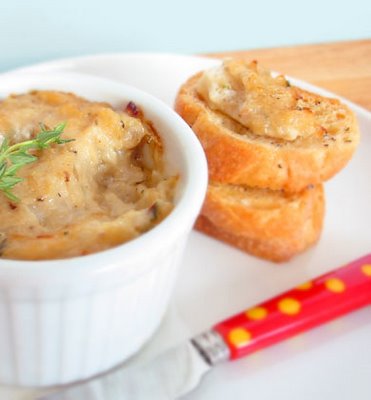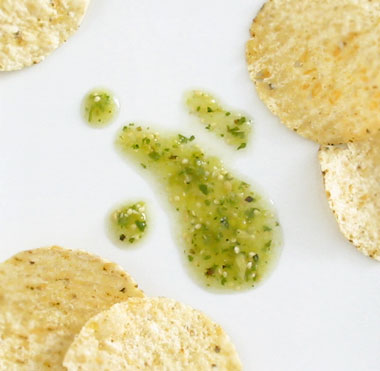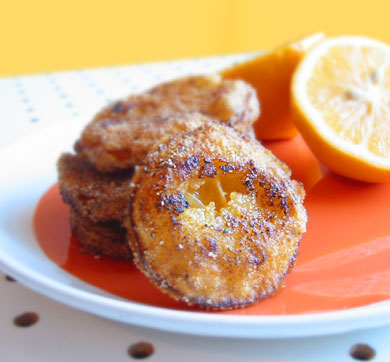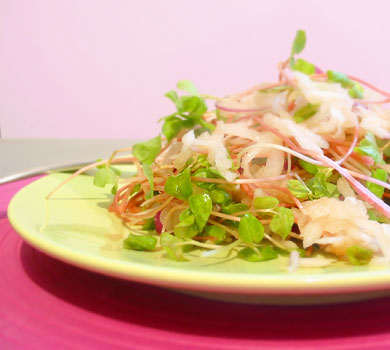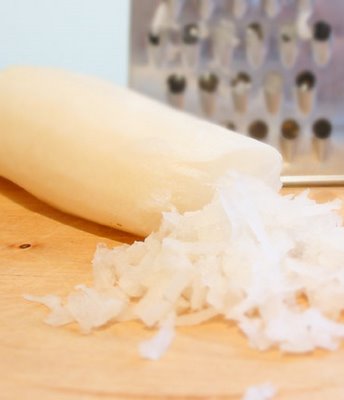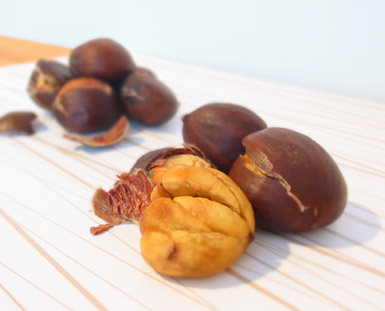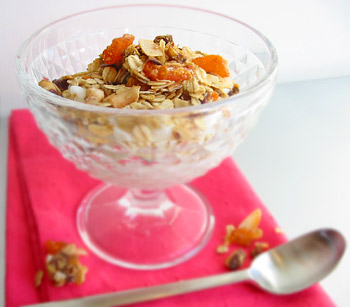 Psst, come in close; I’ve got a secret for you. Yes, it’s true I’m a California girl, a place where fresh produce abounds, and Alice Waters is the gastronomical mother of us all. And if you’ve been reading this blog for awhile, you know that now I have moved to New York City, great big city, great big food. But my mother is from South Dakota…land of presidents carved into mountainsides, motorcycle-riding festivals, Jell-o salads, and casseroles. So I guess you could say, I have a bit of white trash in me…and I mean that in only the kindest of terms.
Psst, come in close; I’ve got a secret for you. Yes, it’s true I’m a California girl, a place where fresh produce abounds, and Alice Waters is the gastronomical mother of us all. And if you’ve been reading this blog for awhile, you know that now I have moved to New York City, great big city, great big food. But my mother is from South Dakota…land of presidents carved into mountainsides, motorcycle-riding festivals, Jell-o salads, and casseroles. So I guess you could say, I have a bit of white trash in me…and I mean that in only the kindest of terms.
And with this white trash culture, comes white trash cuisine. Last night I may have been munching on a salad of arugula, dates, and blood oranges, but last week, it was all about homemade chocolate bark made with– hold onto your hats– soda crackers. I guess you could say it’s a culinary dichotomy; a little bit of the good, mixed in with the bad, gives you light, salty-sweet chocolate bark.
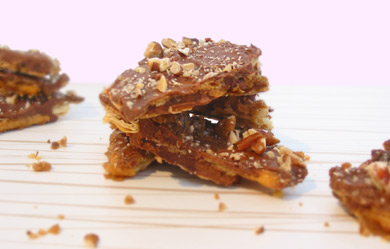 I went to a holiday party last week (yes, I realize it is January, but better late than never) at a kindred spirit’s house, a girl with a similar background, but more so– her mother was once Miss North Dakota! She passed around a tray of this bark, that looks very much like English Toffee, adorned with a sprinkling of pecans. Everyone loved it. And I couldn’t get enough of the crispness, swathed in a caramel-like concoction, and the salty-sweet combination that has become so popular in baking now a days. She told me that the bark was not purchased at some tony sweet shop, that she had made it; and then she gave me the secret ingredient. Soda crackers! I was both enamored and aghast. But the recipe sounded familiar. My friend said that the recipe came from North Dakota, where it’s widely known about, and constantly made.
I went to a holiday party last week (yes, I realize it is January, but better late than never) at a kindred spirit’s house, a girl with a similar background, but more so– her mother was once Miss North Dakota! She passed around a tray of this bark, that looks very much like English Toffee, adorned with a sprinkling of pecans. Everyone loved it. And I couldn’t get enough of the crispness, swathed in a caramel-like concoction, and the salty-sweet combination that has become so popular in baking now a days. She told me that the bark was not purchased at some tony sweet shop, that she had made it; and then she gave me the secret ingredient. Soda crackers! I was both enamored and aghast. But the recipe sounded familiar. My friend said that the recipe came from North Dakota, where it’s widely known about, and constantly made.
I dashed home, and poured through a family cookbook, and there the recipe was– soda cracker cookies. I couldn’t believe the brief list of ingredients, and how simple it was to make. Simply boil one cup of packed brown sugar, and one cup of butter for 2-3 minutes on the stove. Ready a lipped baking sheet, by lining with foil, and grease with a light film of vegetable oil. Pour the mixture over a single layer of soda crackers. The mixture should cover between 40-48 crackers. Bake the crackers in a preheated 375 degree oven, until the cracker begin to float on top of the syrup, about 5-10 minutes. Meanwhile melt one bag of milk chocolate chips (about 2 cups) in the microwave. When the crackers come out of the oven, pour the chocolate over, then sprinkle with some finely chopped nuts. I used pecans. Let the pan cool, and harden in the fridge if you’re impatient, on the counter if you’re not. Then break into manageably sized pieces, and heartily gobble up.
I can be a bit of a food snob. No canned vegetables, no casseroles, and I thought, no recipes that called for soda crackers or cracker crumbs. But maybe I will have to rethink that last rule. Because apparently people in the middle of this country have it going on.


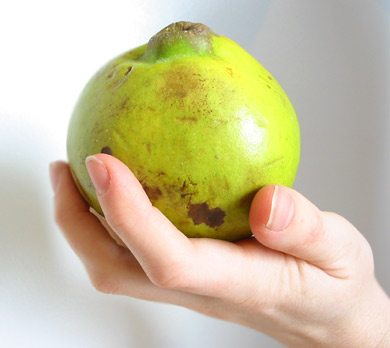
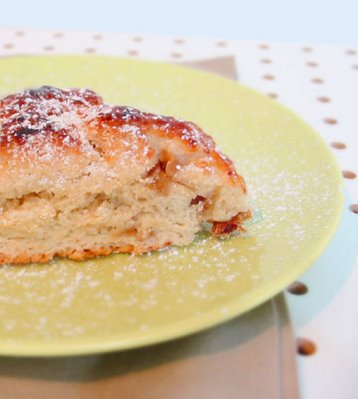
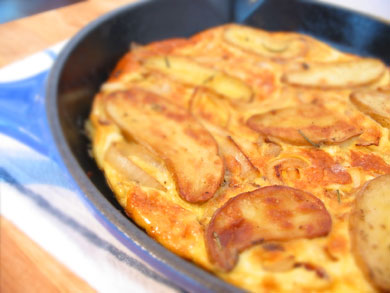
 I have become a woman obsessed. (Which actually isn’t anything too new.) I am not obsessed with gleaming jewels, fancy cars or even couture dresses. My obsessions are much more quotidian, though if you ask me, they are just as difficult to obtain. I am obsessed with a cookie– a cookie from the great
I have become a woman obsessed. (Which actually isn’t anything too new.) I am not obsessed with gleaming jewels, fancy cars or even couture dresses. My obsessions are much more quotidian, though if you ask me, they are just as difficult to obtain. I am obsessed with a cookie– a cookie from the great 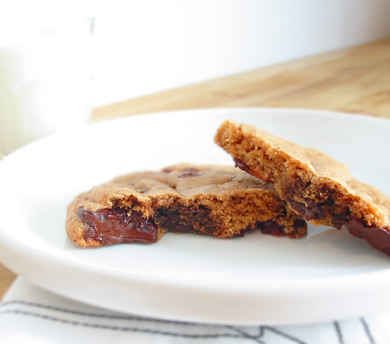
 That’s a mouthful! At least for English speakers. But rather than choke on polysyllabic, antiquated German words (definition to follow shortly, keep reading), why not gobble down some lovely, subtle
That’s a mouthful! At least for English speakers. But rather than choke on polysyllabic, antiquated German words (definition to follow shortly, keep reading), why not gobble down some lovely, subtle 